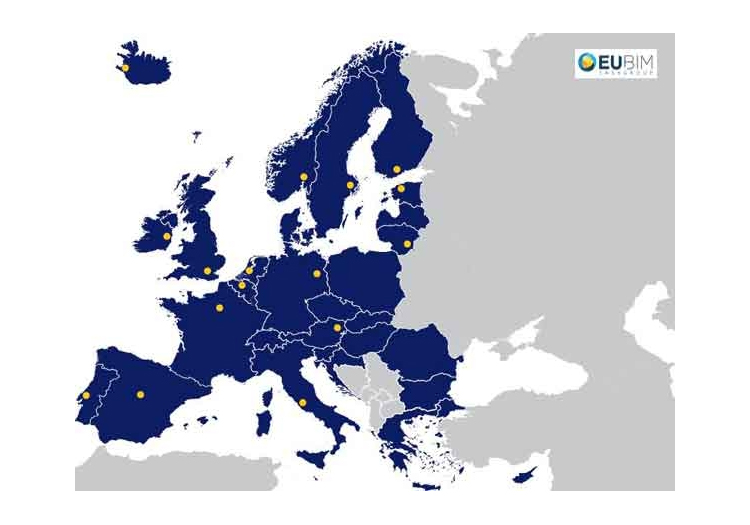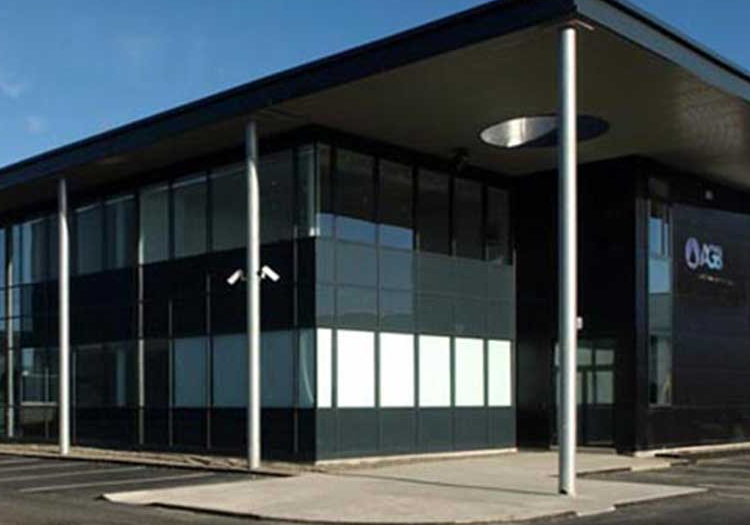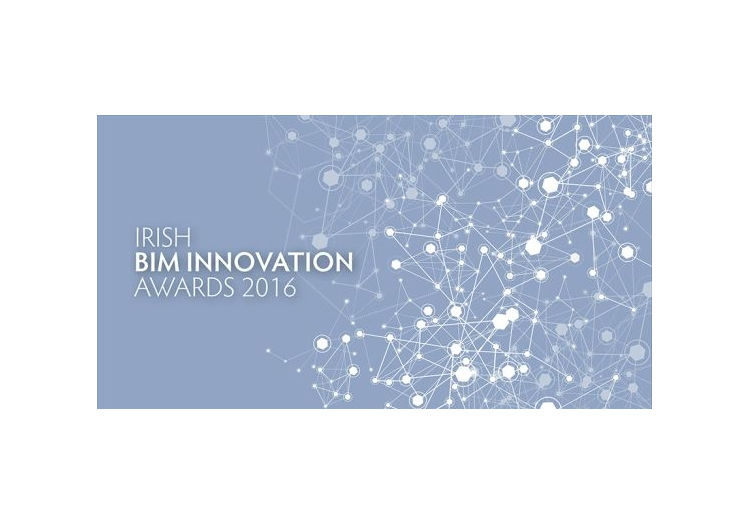
Creating a Unified Approach to BIM
Europe has become a leader in sustainable building, with initiatives to develop a more unified approach to environmental concerns, through modern technology and digital construction. Along with this unified approach to sustainable building practices, the European Commission has endorsed BIM for public works by encouraging its use, such as in the 2014 EU Public Procurement Directive. Building Information Modelling (BIM) implements the method of using 3D computer models in order to make the complexity of full projects more understandable and the outcomes more predictable. With governments and public agencies from Finland to Ireland aligning their building initiatives, and with the rise of advanced technologies like BIM, a global approach is becoming even more attainable.
The building industry accounts for a large portion of the total consumption of resources and the production of carbon emissions. By creating a more unified approach to building and construction, positive changes for the environment and economy are even more achievable. As a support system, BIM is an effective way to address sustainability issues by providing the efficient use of energy and resources.
In a survey of 100 participants in the global construction industry, it was found that nearly half the respondents currently used BIM and even more had plans to implement this technology within the next year. The BIM standard is also expected to increase to over a quarter of all construction companies over the next two years, much driven by proactive agencies and legislation.
The future of the construction industry depends on the unification of policies and practices to advance the goal of lowering emissions and sustaining resources worldwide. When looking for the best way to take advantage of the latest in BIM innovations, professional M & E consulting engineers can provide the best use of advanced technology to create more effective sustainable building projects.

